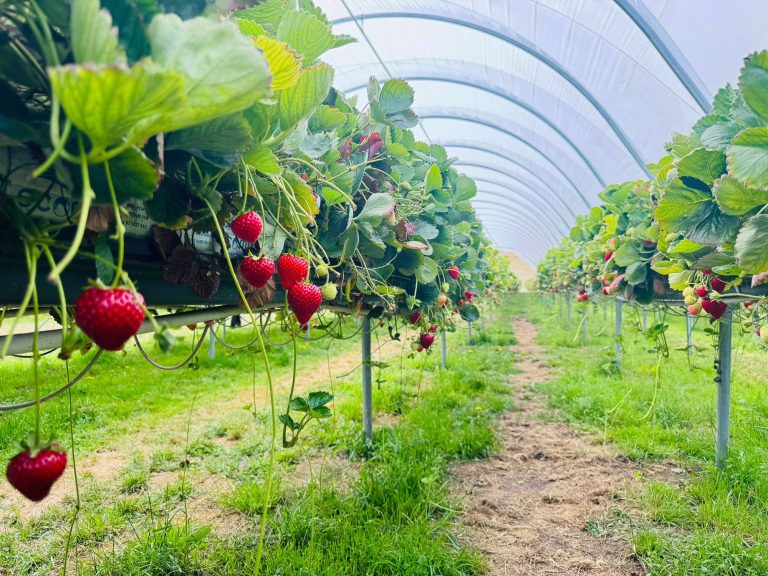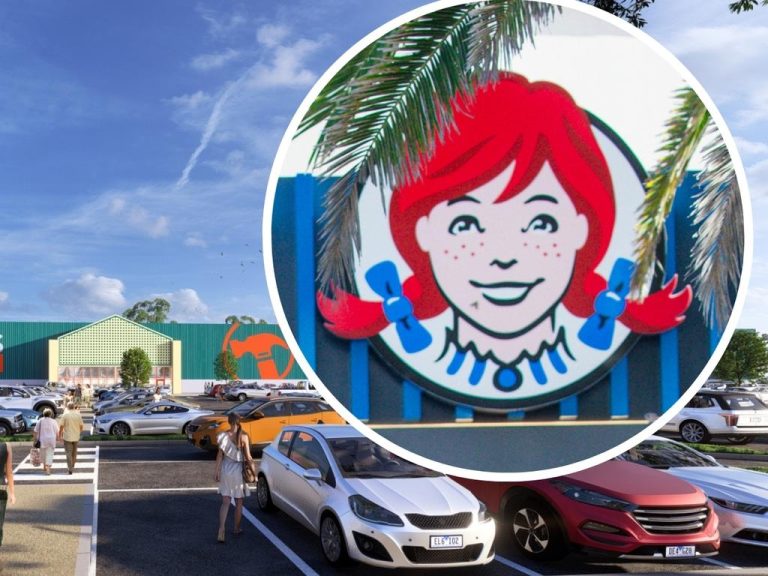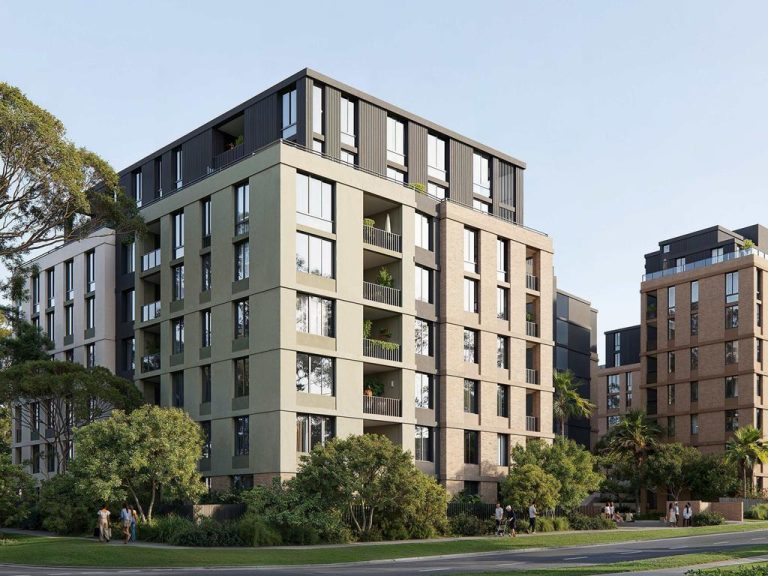Steeped in history, brimming with possibilities: Grand coffee palace hits the market
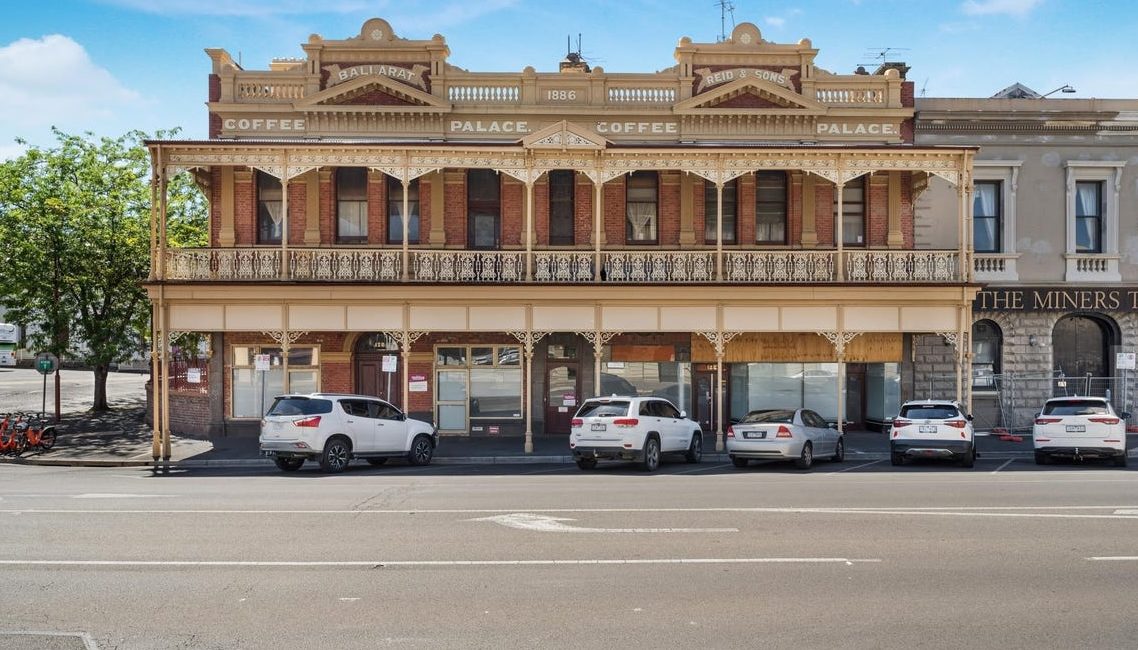
An ornate gold rush-era building constructed as a booze-free alternative to Ballarat’s 500-plus pubs is seeking a new owner to commence its next chapter.
Reid’s Coffee Palace at 124-128 Lydiard Street North, Ballarat Central has been listed for sale by expression of interest, with price expectations of about $3 million.
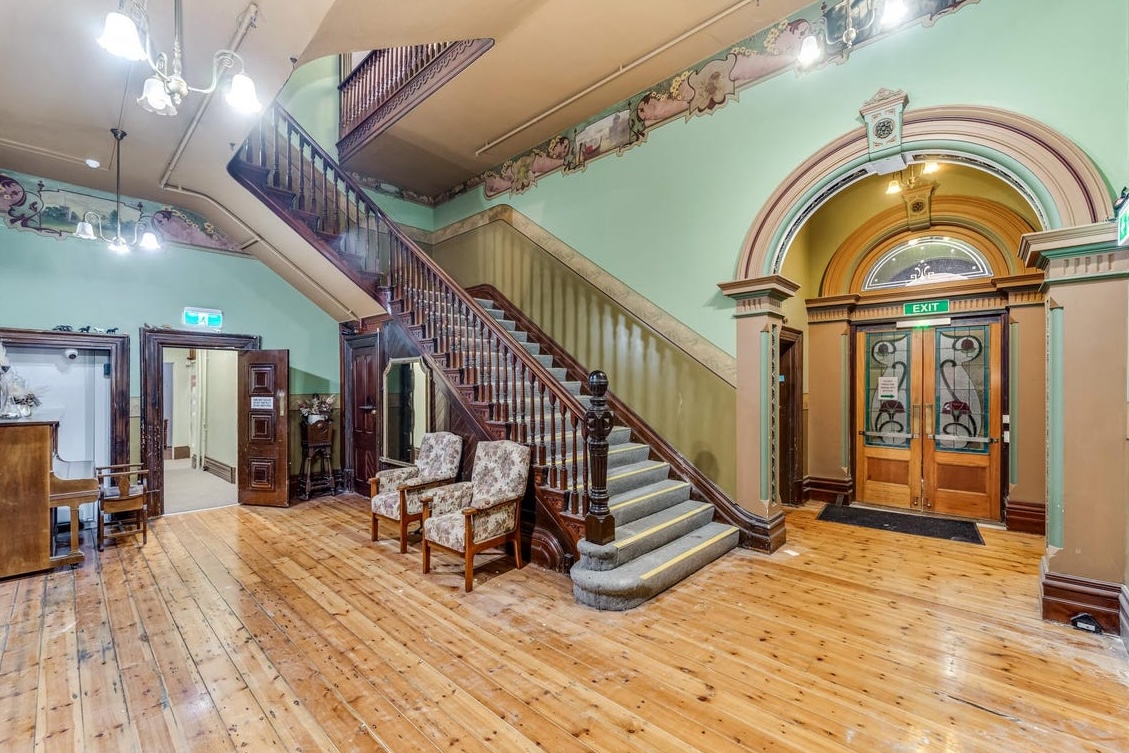
The ornate interiors were restored several years ago. Picture: realcommercial.com.au
Built in the late 19th century during the economic boom that followed the Victorian gold rush, it was part of a wave of alcohol-free hotels known as coffee palaces that were inspired by the temperance movement, which campaigned against the consumption of alcohol.
Featuring four retail areas and 60 separate rooms over four levels, the heritage building was constructed by German immigrant John Reid in two stages in 1886 and 1888 on the site of his New York Bakery, the remains of which still exist in the basement.
Its prominent position next to Ballarat train station allowed Reid to capitalise on the huge influx of people arriving in the gold rush town seeking their fortune, who would otherwise have sought lodgings in one of the town’s many raucous pubs, which numbered over 500 during its heyday.
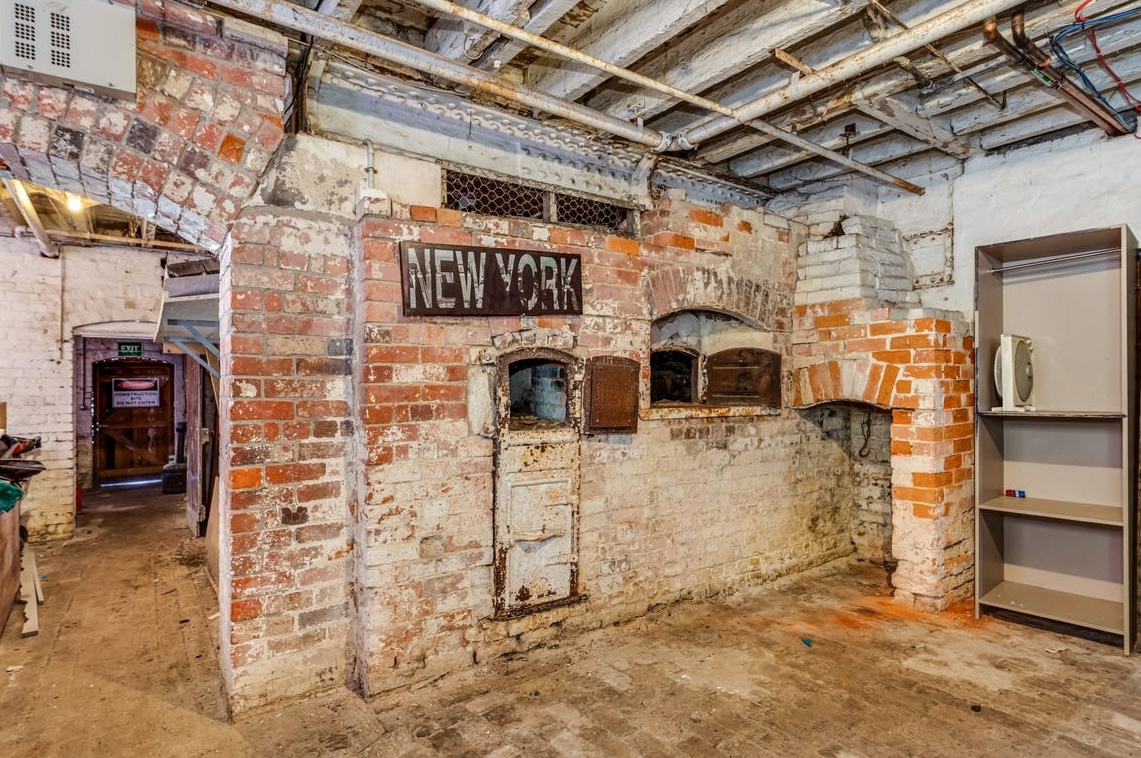
Ovens used to bake bread to feed Ballarat’s gold miners still remain within the depths of the old building. Picture: realcommercial.com.au
The property most recently operated as Reid’s Guest House, a crisis accommodation facility run by community housing provider Uniting Vic.Tas, housing up to 50 people facing homelessness.
However, it permanently closed last year due to the mounting costs of upgrading and maintaining the facility to a modern standard.
Reid’s Guest House was the recipient of a $700,000 state government grant in 2017, which was used for repair works including a restoration of its prized decorative internal paintwork.
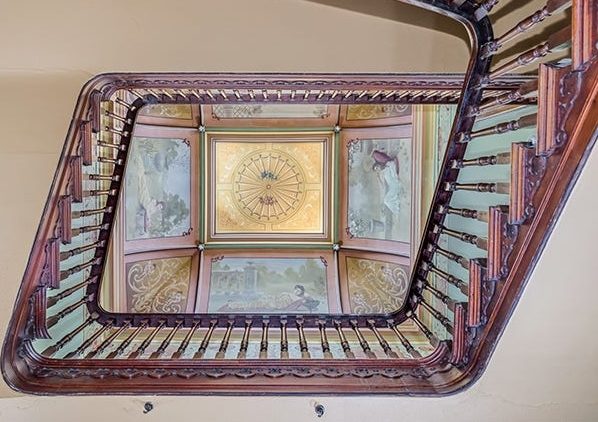
The building features intricate paintwork throughout, including a mural on the ceiling. Picture: realcommercial.com.au
But a spokesperson from Uniting Vic.Tas said the building didn’t meet the standards required of modern rooming houses and was no longer fit for purpose.
“As a not-for-profit organisation offering transitional accommodation for the homeless, we just couldn’t cover the costs associated with upgrading and maintaining the property,” the spokesperson said.
The proceeds of the sale would be invested into community housing in the region, the spokesperson said.
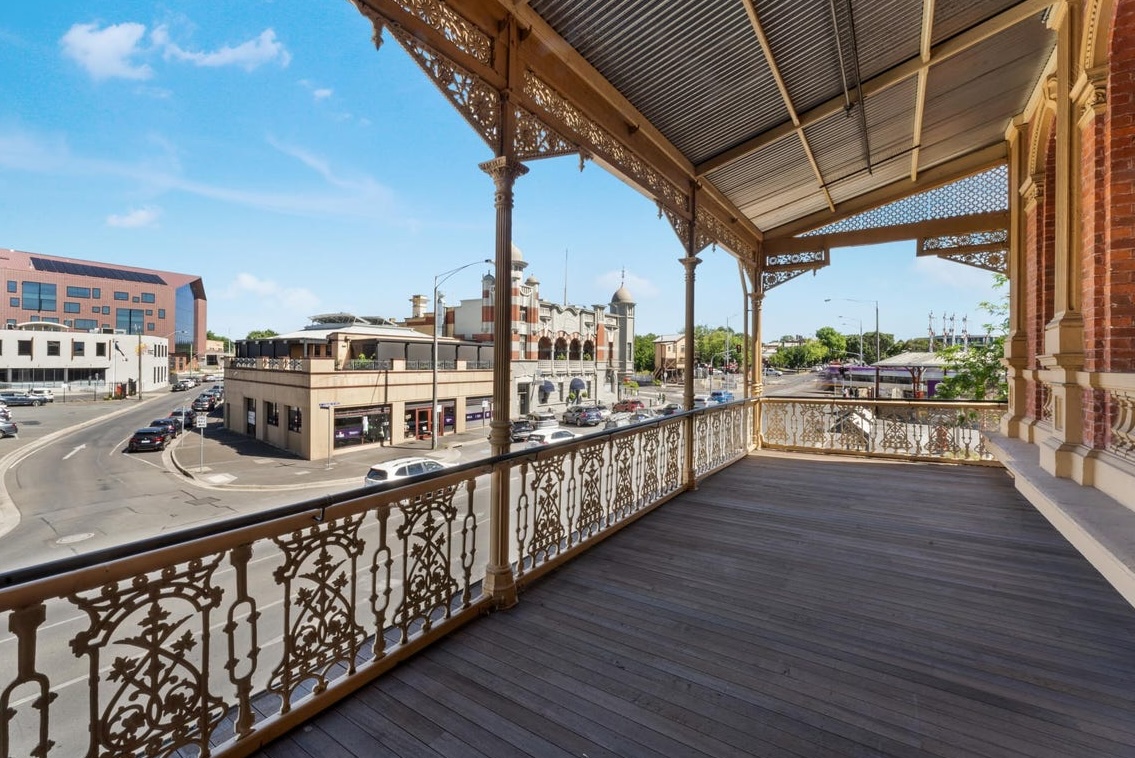
The verandah was repaired as part of restoration works several years ago. Picture: realcommercial.com.au
Selling agent Lauchlan Waddell of Colliers said it was likely that the eventual buyer would refurbish the building for commercial or residential uses.
“It’s a very unique property that could appeal to a broad range of buyers that may look to convert it to more upmarket accommodation,” he said.
“The property lends itself well to potentially being converted to inner city apartments with retail, or offices.”
“It just depends on who can see the potential, because it is such a beautiful building and has such a great position in the CBD.”
Coffee palaces: Australia’s first foray into cafe culture
As the temperance movement rose to prominence in Australia in the mid-19th century, practitioners sought to establish venues and accommodation that provided the same social experience of a pub, but in an alcohol-free environment.
Coffee consumption had been on the rise in Europe since the 17th century, and coffeehouses had become social hubs for writers, artists, musicians and intellectuals, often serving as centres of political debate that transcended traditional class structures.
The coffeehouse trend was therefore co-opted by the temperance movement down under to address the growing market of non-drinkers and coax people away from the pubs that were popping up on every street corner.
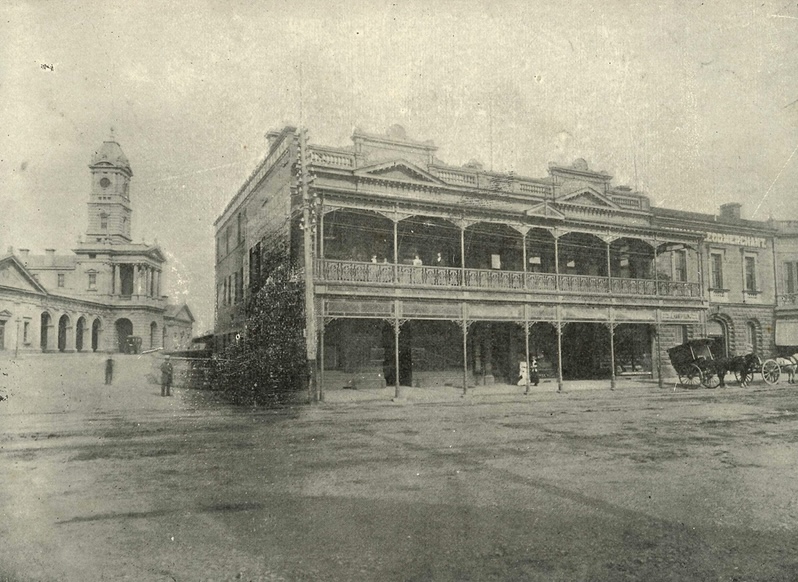
Reid’s Coffee Palace was one of many constructed across Australia as alcohol-free alternatives to pubs. Picture: Federation University Heritage Collection
With the rise in wealth that came with the gold rush, as well as increased drunkenness plaguing the gold fields, Australian coffeehouses became larger and more elaborate to directly compete with pubs, eventually evolving into what became known as coffee palaces.
Typically constructed as grand, multi-storey buildings with ornate facades and lavish interiors, coffee palaces became some of the largest and most prominent buildings in Melbourne.
By 1888 there were more than 50 coffee palaces established across the city, and the trend soon spread to all major cities.
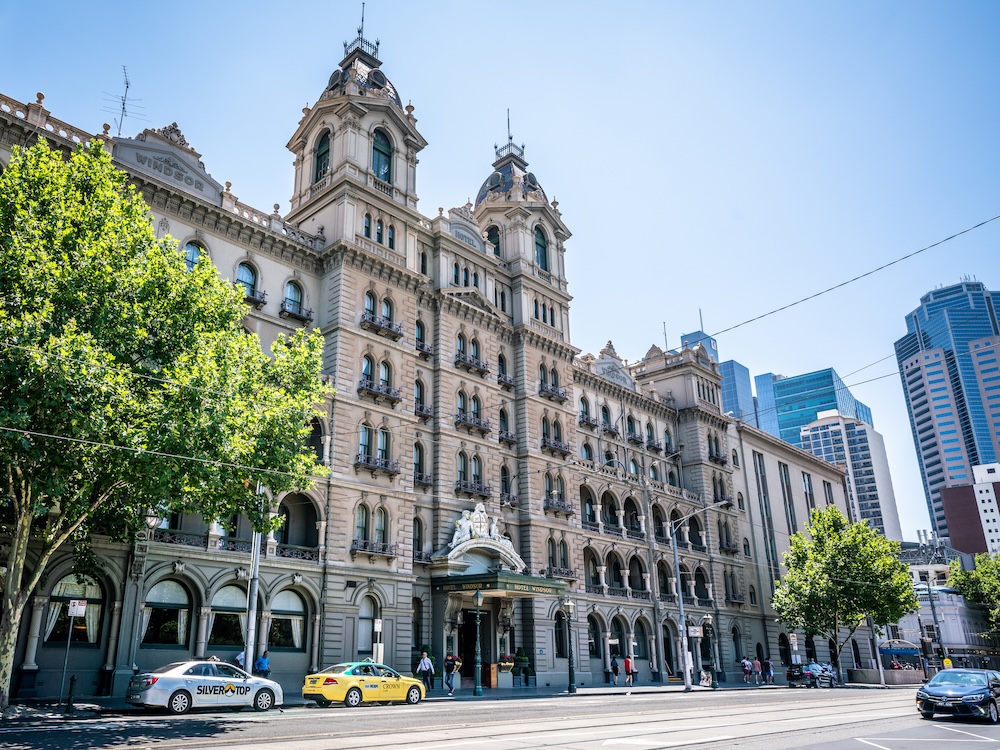
Hotel Windsor in the Melbourne CBD was a coffee palace in a former life. Picture: Getty
The building boom came to a sudden halt in the 1890s when a financial crisis triggered a major economic depression. Coffee palaces suffered from a lack of patrons amid the downturn and many were converted to traditional hotels that served alcohol to try and turn a profit.
Most have since been demolished and replaced with modern buildings, although several notable examples, like Reid’s, still survive.
Hotel Windsor on Spring Street in Melbourne was once known as the Grand Coffee Palace, run by businessman and prominent temperance advocate James Munro, who famously burned the liquor licence on the steps of the venue after taking ownership of the venue.
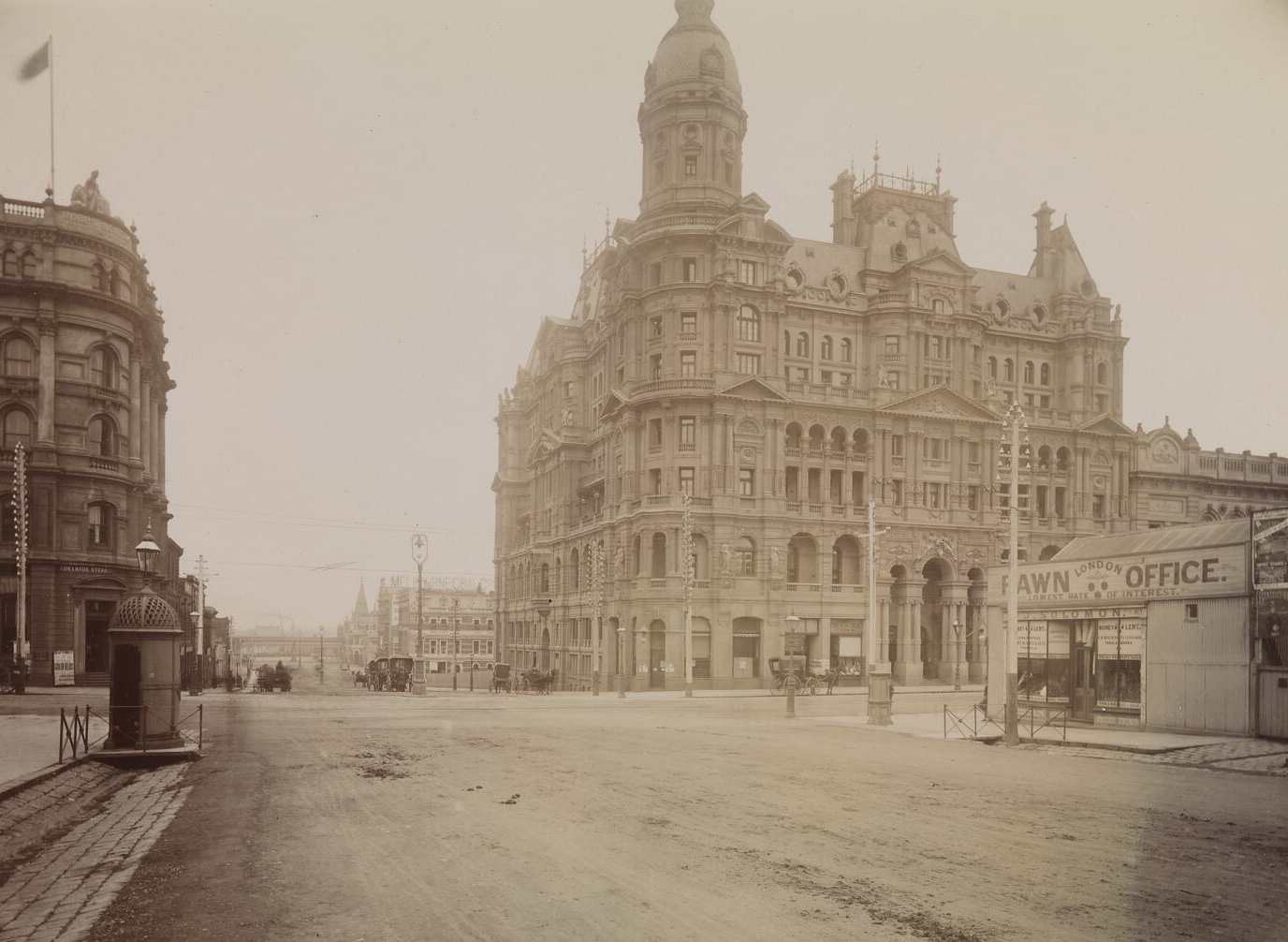
Federal Coffee Palace was the largest and grandest of its kind constructed in Australia, but was demolished in the 1970s. Picture: Nettleton & Arnest Photographic Studio,
Museums Victoria
The largest example ever built was the Federal Coffee Palace, another of Munro’s buildings located on the corner of Collins and King streets in Melbourne. The nine-storey, 560-room hotel was briefly the tallest building in Australia.
It too became a licensed venue to survive, but by the mid-20th century was struggling to compete with modern hotels, and was eventually demolished in 1973 and replaced with an office tower.
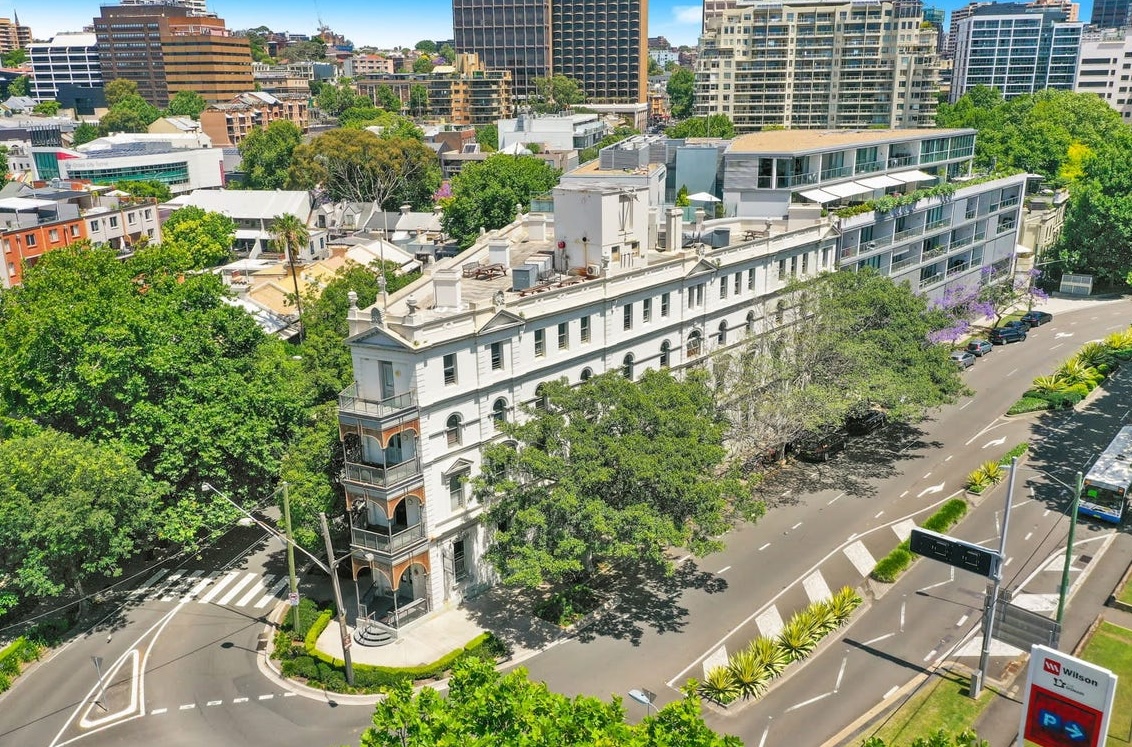
Pacific House Hostel in Sydney’s Woolloomooloo was originally built as Sydney Coffee Palace. It has also served as apartments and an eye hospital. Picture: realcommercial.com.au
After the boom and bust in the late 19th century, it wasn’t until the mid-20th century that Australia’s coffee culture began to flourish once again, when Italian migrants introduced espresso machines that became the foundation of the modern cafes of today.

